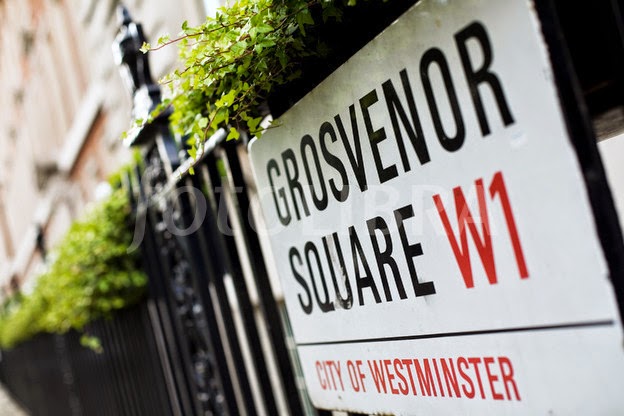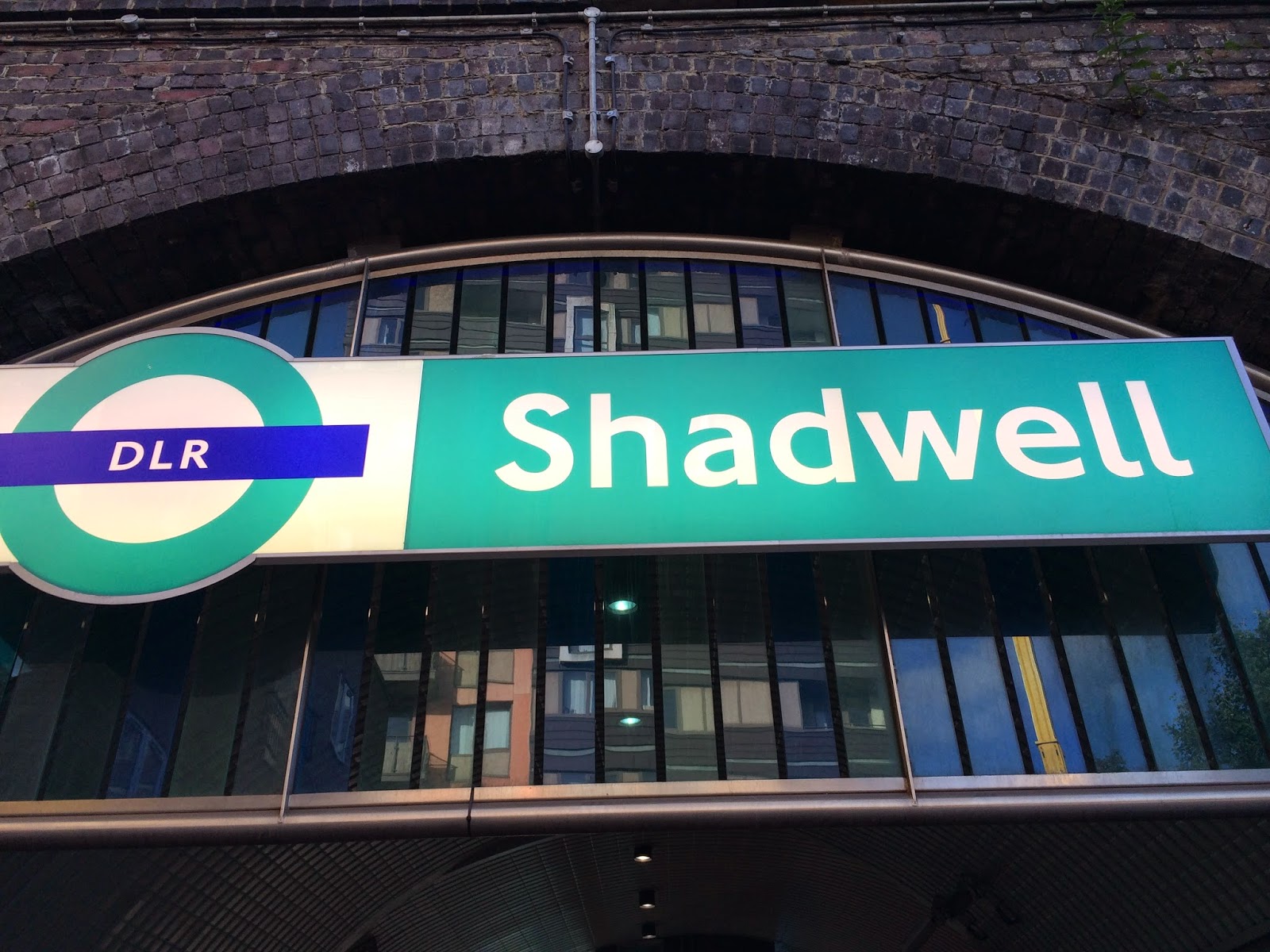This was a question posed by Brother Juniper on the www.condosingapore.com
discussion forum.
"
Need some advise from property investors here.
"
Currently me and my wife have 3 properties in Singapore and 2 properties are currently rent out to expat tenant on corporate lease which will run till 2016. rental yield based on purchased price from 5 and 2 years ago is around 6% and 4.8% respectively and our outstanding mortgage for both properties is around 50% based on current valuation price. For our 3rd properties, that's for own stay and we do not intend to sell.
"
So the question on our mind now is
a)
Should we sell our investment properties, cash out and reinvest in future?
b)
Should we keep both property to enjoy regular rental income stream?
"
Concern for (a) is the cost of replacement will be very high due to cooling measures and we might not be able to find a replacement properties which we like as much as the one we have right now. So we might end up having millions "rotting" in the bank away
"
Concern for (b) is that we will not get to enjoy the feeling of being cash rich in our life time or we might missed to catch the property cycle.
"
So the question now is, should we sell or do nothing, or is there other options?
------------------------------------------------------
The discussion has been very interesting. Some say sell, some say keep. There is no consensus. A lot of fodder for discussion. So, what are the considerations? I don't pretend to know the answer. So, I am just listing out my thoughts.
Singapore Property Market
Where is it headed? Based on URA's latest press release, it looks to be
trending slightly downwards. See this chart taken from the URA press release. However, how much would it drop by? 5%? 10%? 20%? Now, if we knew the answer to this question, then we would all be rich tycoons, no need to talk already.
ABSD and Property Cooling Measures
Some are very confident that the property prices won't drop by too much, because once it drops by say 5% or 10% max, Government will lift some, if not all, of the cooling measures. Perhaps, I don't know. What has the Government said about property prices?
In
Singapore Budget 2014, DPM Tharman said that it was too early to relax property cooling measures. He said that Government will continue to monitor and adjust where necessary. DPM Tharman also said, "
we are not engineering a hard landing."
This is reassuring, however, what is DPM's definition of a hard landing? My own guess is a sharp drop of 50% is really hard. 40% sounds hard. The lower the percentage (30%, 20%, 10%) gets less and less hard. The question is really whether Government has a point whereby they are ready to relax the ABSD? We don't know.
Singapore Property Prognosis
Based on the Savills Global City report, which
I blogged about here, the Savills researchers think very positively of Singapore. They even go as far as to say that the long-term prospects of Singapore are a good bet.
You have to understand that property in Singapore will only be of high value if economic growth continues, and we continue to be a top global city. Prices in our city state have gone up so much, it makes real estate in other top global cities look reasonable (or even cheap) by comparison.
I have quoted
Mr Lee Kuan Yew who wrote in his latest book that he wasn't sure if Singapore would be around in a hundred years. But that is long-term. I suppose all of us are only looking at the next 20 to 30 years.
Brother Juniper's Questions
Let's go back to Brother Juniper's questions.
He is asking whether he should sell his two investment properties, bought 5 years and 2 years ago. They are earning 6% and 4.8% rental yield based on purchase price. I assume that this information is all that we have.
Rental Index
To answer this question, on top of looking at prices, we also need to look at where rentals are headed. So where are they headed? The same URA press release carried this Annex A3. Like pricing, it suggests that the rental prices are trending slightly downwards.
Will it continue to go down? That depends on demand and supply. With the slowing down in population growth (Government cut back on employment passes) as well as more and more supply coming online, simple supply and demand analysis suggests that this trend may continue.
So, Brother Juniper should not assume that this rental yield will stay constant. Based on data, it looks like it is trending down.
Sell and Buy Again Later?
This is a very hard question to answer. It sounds like Brother Juniper is very happy with this purchases. Some forum replies have pointed out that it may be very difficult to find good properties to buy into again in the future, even if the market has come down.
This is a good point. If there is any emotional attachment to the 2 investment units purchased, then perhaps it is best not to sell. Emotions and feelings are hard to quantify. If you are happy with your lot and can tide through the storms, then leave it alone and let it run.
Cost of Replacement is High Due to Cooling Measures (Bro Juniper's point)
This comment assumes that the cooling measures would not be lifted. This is something we should not assume. It would be reasonable to expect Government to lift some, if not all, of the cooling measures if and when the property market grows soft. In fact, some developers have started to lobby the Government on this point.
If indeed the property market drops significantly (say 30% to 40%), then we can expect replacement units to be much less costly not just in terms of absolute price but also because the property cooling measures would have been lifted. But will the property market drop by so much? I don't know.
Bro Juniper's Investment Horizon and impact of TDSR
Another issue is Bro Juniper's investment horizon (i.e. his age). How old are they? This has a lot of impact on the analysis.
First, on TDSR front. As I had argued
in this blog post, I think TDSR is an excellent mechanism to ensure market stability and TDSR is
here to stay, regardless of market condition. What I mean is that even if the property market crashes and Government lifts all the cooling measures,
TDSR is still here to stay.
I think Bro Juniper would have purchased his existing investment properties before TDSR was put in place. Then Bro Juniper needs to analyse (check with the banker) on how much they can loan under the TDSR framework. It may be worthwhile to go through this exercise. In the past, credit was much easier to come by. With TDSR, this is not always the case. I have heard of so many stories that people just give up.
Second, again related to age, the younger you are the more opportunities you have to sell when prices are high and wait to buy in a downturn. Also, TDSR is age-sensitive. The older you are, the less you can borrow.
Happy Investing!
Important Disclaimer - . The views contained in this blog and blog post are entirely mine. We cannot be made responsible for any investment decisions you may, or may not, take. Nothing in this blog can be construed as professional investment advice, as we are NOT professional investors and we are ill qualified to give you any advice. Read the blog at YOUR own risk

.jpg)






















.jpg)

















.jpg)
.jpg)

